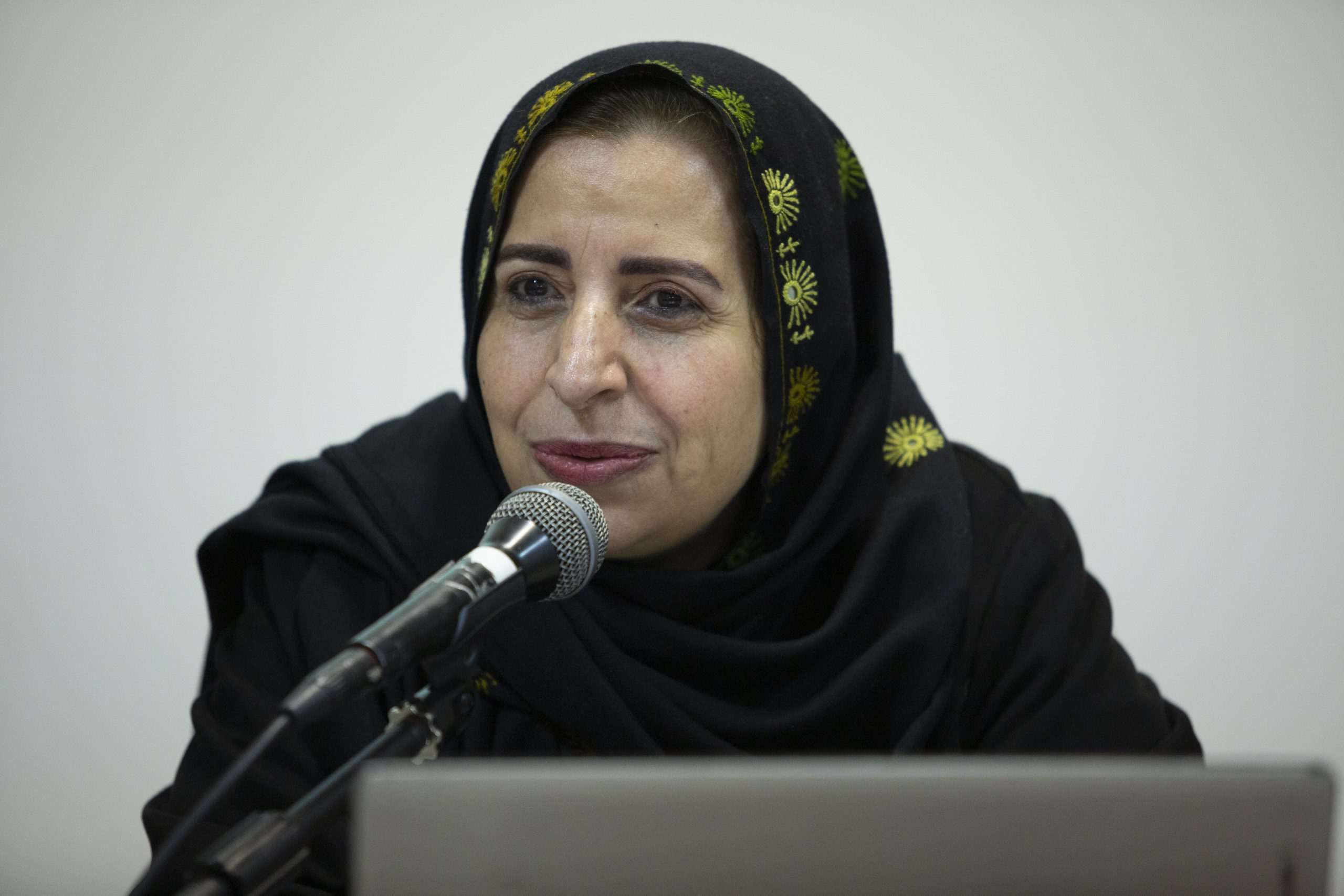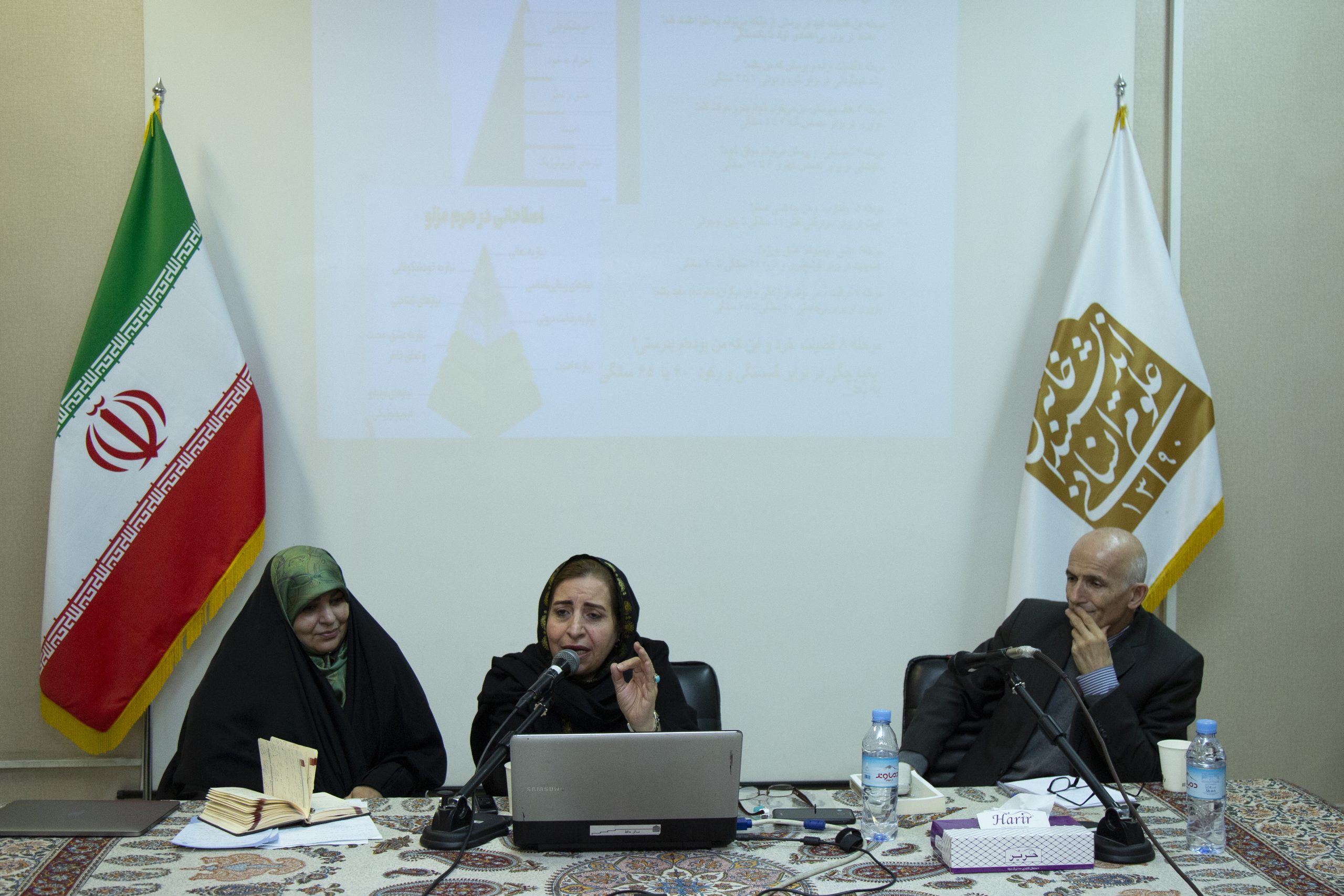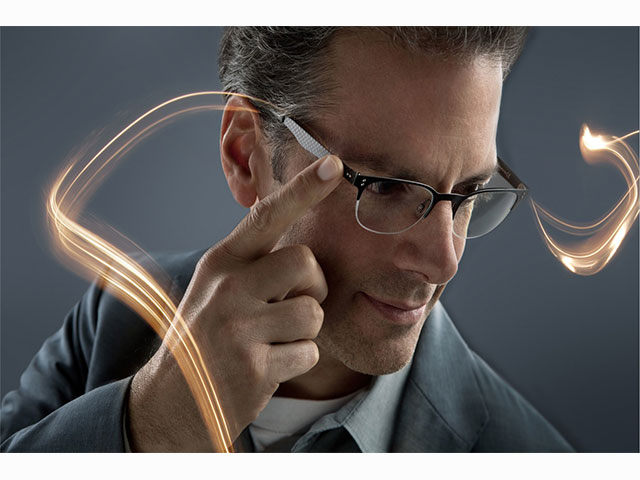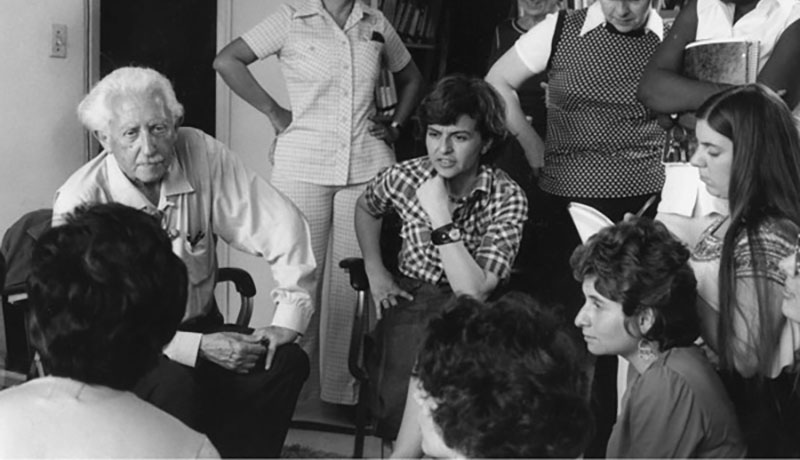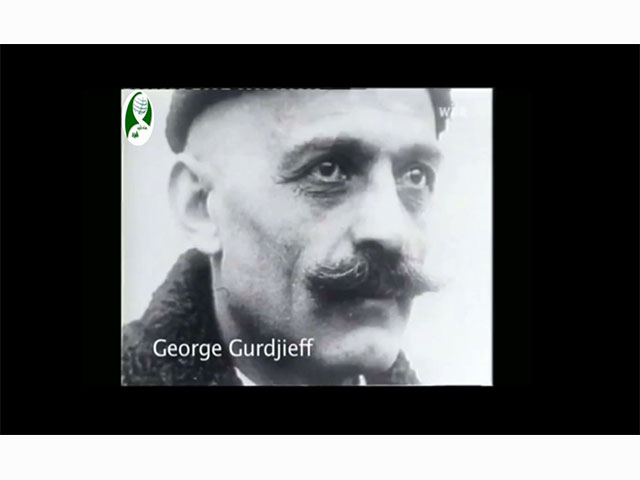به گزارش روابط عمومی موسسه فرهنگی هنری ماهشید خرد: بیش از یک دهه است که با واژه انیاگرام آشنا شدهام، وقتی که از رویکردهای مختلف روانشناسی تحلیلگرا بهویژه دیدگاه نوروانکاوی یونگ استفاده میکردم، در کلاسهایی که دانش ان ال پی میگذراندم. برایم بسیار جالب و همچنین عجیب بهنظر میرسید که چطور در میان همه رویکردهای روانشناسی شخصیت و شخصیت شناسی ، روش انیاگرام در میان محیطهای دانشگاهی شناخته شده نیست!
بهعنوان یک مشاور که با رویکردهای دیگر آشنا بودم، بهنظرم روش انیاگرام بسیار ابتدایی و ساده بهنظر میرسید. یک دایره و چند خط که گفته میشد، این الگو آرکی تایپ است! اما وقتی بهطور مرتب مراجعین خود را میدیدم، در همان زمان به مقایسه تیپهای مختلف میپرداختم. روش انیاگرام بهطور کامل و کاربردی میتوانست مرا راهنمایی کند تا مسیر مشاوره را بشناسم.
تجربه سالها کار مشاوره و شناخت افراد مختلف، راه این شناخت و یادگیری را برایم سریعتر میکرد. از طرف دیگر دانستن این که اگر دانش انیاگرام ریشه در عرفان و تصوف دارد، بهتر میتواند در جامعه خودم استفاده شود، در نتیجه انگیزه بیشتری برایم بود تا تحقیق و مطالعه بیشتری در اناگرام داشته باشم.
در میان کتابهای داخل، کتابی با عنوان انیاگرام وجود نداشت، اما مجموعه نوشتههایی از اسکار ایچازو، بهصورت کتاب بدستم رسید که ریشههای فلسفی و اخلاقی انیاگرام را بهعنوان «نهگانه شخصیت» بیشتر توضیح میداد. در همین زمان متن پی دی اف کامل کتاب «انیاگرام در کار و زندگی» هلن پالمر را بهدست آوردم که اطلاعات بیشتری از دانش انیاگرام بود. پالمر مانند سایرین، در این کتاب به ریشههای تصوف این دانش و انتقال آن توسط گورجیف اشاره کرده بود.
تصور میکردم که ریشههای تصوف این دانش میتواند برخی از ابهامهای آن را برایم حل کند. با تحقیق در منابع خارجی اطلاعات بیشتری راجب گورجیف بهدست آوردم و جالب توجه این که در جامعه شرقی هنوز انیاگرام بهخوبی شناخته شده نبود، در این زمان مجموعه کتابهای گورجیف و کتاب «در جستوجوی معجزهآسا» پی دی آسپنسکی توسط مترجم و انتشارات معروفی به چاپ رسیده بود!
همزمان در مطالعه و تحقیق در شناخت گورجیف و نوشتههای پر رمزوراز و کارهای او، به شناخت انیاگرام و مشاوره با آن و برگزار کردن کارگاههای آموزشی میپرداختم. با تهیه کتابهای هادسون، ریسو، چستنت، رُدز، دانیلز و پیرس استفاده بیشتری کردم. برخی از این کتابها را به ترجمه و به چاپ رساندم.
نتیجه این جستوجو برایم روشن شد که مسیر تغییر و تحولات روش «راه چهارم» پی دی آسپنسکی و گورجیف به انیاگرام منتهی شده است و وقتی این موضوع روشنتر شد که توانستم اطلاعات دقیقتری از کتاب «انیاگرام هولارکیک» سوزان رُدز بهدست آورم.
در این کتاب رُدز به پیشینه انیاگرام و تغییر و تحولات آن اشاره میکند و روشن میشود که دانش انیاگرام پس از کلودیو نارانجو چگونه وارد دانش روانشناسی میشود. با مطالعه کتابهای گورجیف و آنچه در باره او خوانده بودم، در ادامه بر جستوجوی منابع شرقی انیاگرام و جستوجو در واژه صوفی، تصوف و عرفان با انیاگرام صوفی آشنا شدم.
انیاگرام صوفی را نزد دکتر لاله(مری)بختیار که برخوردار از دانش روانشناسی و عرفان است، آموختم و برایم ریشههای شرقی انیاگرام روشن شد. با این دانش راهی سفر به فرانسه و رفتن به شهر کوچک آون در نزدیکی کاخ فونتن بلو شدم. جایی که گورجیف مرکز «نهاد تکامل هماهنگ مردم» را پایهگذاری کرد و به گسترش ریشههای دانش انیاگرام پرداخت.
آرامگاه گورجیف در گورستان آون یکی از مکانهای شناخته شده برای مردم منطقه است و هنوز پس از سالها به زیارت آرامگاه او میروند. در دانش انیاگرام سه منبع ادراکی وجود دارد. این سه مرکز مغز(در گروه ذهنی)، قلب(در گروه هیجانی)، و غریزه(در گروه فیزیکی شعوری)در انسان وجود دارد. مسیر رشد شخصیت هر فرد با توجه به این سه منبع ادراکی کامل میشود.
کودک در ابتدا با تجربههای غریزی و پس از آن با احساس و تفکر رشدش کامل میشود. گرچه در هر انسانی ممکن است یکی از این سه مرکز ادراکی موثرتر باشد، اما هر انسانی باید این سه مرکز ادراکی را بهخوبی پرورش دهد. در نتیجه گورجیف توجه و آموزش هر سه را به عنوان «راه چهارم» مطرح کرد تا هر سه مرکز ادراکی رشد کند.
او میگفت در هر فرد «من»هایی وجود دارد که با آموزش همه مراکز، فرد میتواند بهطور هماهنگ و یکپارچه عمل کند. گورجیف اطلاعات خود را ازمنابع مختلف تربیت انسانها در مراکز معنوی گرفته بود. هر چند خود او در کتابها و سخنرانیهایش به این موضوع اشاره کرده که این دانش را در نزد صوفیان کامل کرده است، از نوشتههای ادریس شاه مشخص است که او این دانش را در نزد فرقههای صوفیه آموخته بود.
ریشههای اولیه دانش تصوف اسلامی به پیش از اسلام به آیین و حکمت زرتشتیان برمیگردد. هنگامی که این آموزهها در تربیت انسانهای خردمند با عنوان حکمت مورد توجه بود.
حکمت به دو صورت حکمت عام و خاص بیان میشد. حکمت خاص در نزد حکما و علما بود تا با آن شیوه به آموزش حکام و شاهزادگان جوان بپردازند. حکمت عام، آموزشی بود تا رفتار کامل و درست در نزد عموم مردم شکل گیرد.
این حکمت برگرفته از آیین زرتشتیان بوده و آن را با عنوان کردار نیک، گفتار نیک و پندار نیک مطرح میکردند. این حکمت در واقع چهار فضیلت اخلاقی را در برمی گرفت. چهار فضیلت اخلاقی شامل شجاعت، خردمندی، عفتنفس که معادل سه قسمت در انیاگرام است. راه چهارم عدالتی است که از تعادل در همه قوا ایجاد میشود.
پس از این سالها بهعنوان مدیرمسئول موسسه فرهنگی هنری ماهشید خرد و دارای اعتبار حرفهای و عضو حرفهای و دربردارنده نماینده انیاگرام صوفی، علاوهبر مشاوره با رویکرد انیاگرام و انیاگرام صوفی، کارگاههای نمایش و تحلیل فیلم با رویکرد انیاگرام، انواع نشستهای مباحثه و انواع کارگاههای متنوع در انیاگرام و انیاگرام صوفی برگزار میکنم. در این موسسه بهتربیت مربی انیاگرام پرداخته و از اساتید انیاگرام در دیگر نقاط استفاده میکنیم.
بعد از این سالها دانش انیاگرام بیشتر شناخته شده و موضوع برخی مقالات و حتی رساله دانشگاهی قرار گرفته و دورههای ویژهای برای اساتید دانشگاه برگزار کردهام. هر چند هنوز تعداد کتابهای موجود از انیاگرام محدود، ولی علاقهمندان بیشتری را به خود جلب کرده است.
با توجه به اهمیتی که دانش انیاگرام میتواند در اخلاق فردی و بین فردی داشته باشد، این روش برای مراجعینی که برای مشاوره به نزدم میآیند، بسیار مورد استقبال قرار میگیرد.
دکترمهشید رضویرضوانی
Enneagram, a Comprehensive Knowledge of Typology
by Mahshid Razavi Rezvani
I have been acquainted with the term “Enneagram” for more than a decade. When applying various analytic psychological approaches, especially Jung’s neo-psychoanalytic theory, I was taking part in NLP (Neuro-linguistic programming) courses, and I often wondered why the Enneagram was not mentioned among other personality psychological approaches in academia.
As a counseling psychologist who knew about other approaches, the Enneagram at first seemed very simple to me: a circle with several lines, and it was said to be a model of an archetype! However, when working through psychotherapy with my clients, I found that I was frequently comparing different personality types.
The approach of the Enneagram guided me to recognize this method of counseling.
Years of experiences in counseling and understanding different people quickened their way of knowing and learning. In addition, the fact that the Enneagram finds its roots in Sufism and Mysticism, makes it a better system to be used within my society.
Consequently, it motivated me to conduct research and study more in the field of the Enneagram.
Among the various books published in Iran on personality types, there were no books about the Enneagram.
However, I found a series of writings by Oscar Ichazo, The Enneagram of Personality that described the Enneagram’s philosophical and ethical roots.
At the same time, I found Helen Palmer’s book, The Enneagram in Love and Work, in PDF format which provided me with more information about the Enneagram.
Similar to other Enneagram authors, Palmer examined the Sufi roots of the Enneagram and pointed to the work of Gurdjieff.
I thought that the knowledge of Sufism could clarify its unanswered questions.
I collected more information about Gurdjieff, and the interesting point was that in the Eastern culture, where the Enneagram was not recognized very well, a series of Gurdjieff’s books and particularly his book, In Search of the Miraculous, written by P. D. Ouspensky, were translated and published in Iran.
While studying Gurdjieff and his mysterious texts and works, I became familiar with the Enneagram, applying it in counseling, and holding workshops.
I purchased books written by Riso and Hudson, Susan Rhodes, Beatrice Chestnut, David Daniels and Herb Pearce and used them as well in my practice.
I provided the means for the translation and publication of some of these books. My search guided me to the fact the revolutionary path in the method of “The Fourth Way” by P. D. Ouspensky and Gurdjieff has led to the Enneagram, and it became clearer when I collected more precise information from Susan Rhodes’ book, The Integral Enneagram. In this book, Susan Rhodes points to the background of the Enneagram, and its changes and she clarifies how the Enneagram found its way to psychology after Claudio Naranjo.
After studying Gurdjieff’s books and whatever I read about him, I proceeded to search Eastern sources of the Enneagram, and through exploring the terms Sufi, Sufism, and Mysticism, I became acquainted with the Sufi Enneagram.
I learned the Sufi Enneagram with Dr. Laleh Bakhtiar who is a specialist in psychology and mysticism, and I became familiar with the Eastern roots of the Enneagram. With this knowledge, I traveled to France and went to the small city of Avon near the Palace of Fontainebleau where Gurdjieff founded his “Institute for the Harmonious Development of Man” and developed his knowledge of the Enneagram.
Gurdjieff’s grave in the graveyard of Avon is among the famous places to visit of the people living in the vicinity and even after many years, people are still visiting it.
Three centers underlie the basis of the Enneagram.
These three centers of all humans are the brain (in the mental group), the heart (in the emotive group) and instinct (in the physical-instinct group).
The healing process in each person will be completed through these three sources. At first, a child develops instinctive experiences, then he/she goes through emotions and thinking.
Although in each human, one of these three centers may be more influential, however, each human should develop all these three centers in him/herself as well.
Consequently, Gurdjieff presented “The Fourth Way” as a way for training all these three centers to develop all the three perceptive centers. He said there are “I”s in each person and he/she can unite them if the centers are well trained, and eventually, the individual can perform harmoniously.
Gurdjieff gathered his information from different human sources in centers for spiritual development. In his books and lectures, Gurdjieff himself pointed to the fact that he had obtained this knowledge from different Sufis.
This was confirmed through the works of Idries Shah.
The early roots of Islamic Sufism track back to the pre-Islamic Zoroastrian era in its religious and wisdom teachings where these teachings were considered prominent in training wise people through their gaining wisdom.
Wisdom is of two types, theoretical and practical.
Theoretical wisdom was a kind of wisdom which was applied by scholars and sages to train young princes and rulers. Practical wisdom was a kind of teaching to the public to form the best behavior.
Such wisdom was extracted from Zoroastrianism and was expressed as: “Good Thoughts, Good Words, Good Deeds”.
Indeed it includes four the positive traits or virtues of courage, wisdom, temperance (relating to the three centers of the Enneagram) and the fourth way was justice that was formed when the first three virtues were held in balance.
After years of work with the Enneagram, I am presently the managing director of Mahshid Kherad Institute of Culture and Art and have Professional Membership in the IEA.
I am also the representative of the Sufi Enneagram in Iran, I hold various workshops on the Enneagram and the Sufi Enneagram, video and movie workshops where we employ the method of the Enneagram and hold discussions.
This institute is training Enneagram teachers and cooperating with Enneagram professors in other regions. Years have passed, and Enneagram has now been well recognized.
It has been the subject of articles as well as academic dissertations.
I also have held specialized courses for university professors.
Even though the number of books published in Persian in the field of the Enneagram are still limited, but it has attracted more people.
Regarding the prominence of the Enneagram in personal and interpersonal morality, clients who I have worked with have welcomed the Enneagram.



